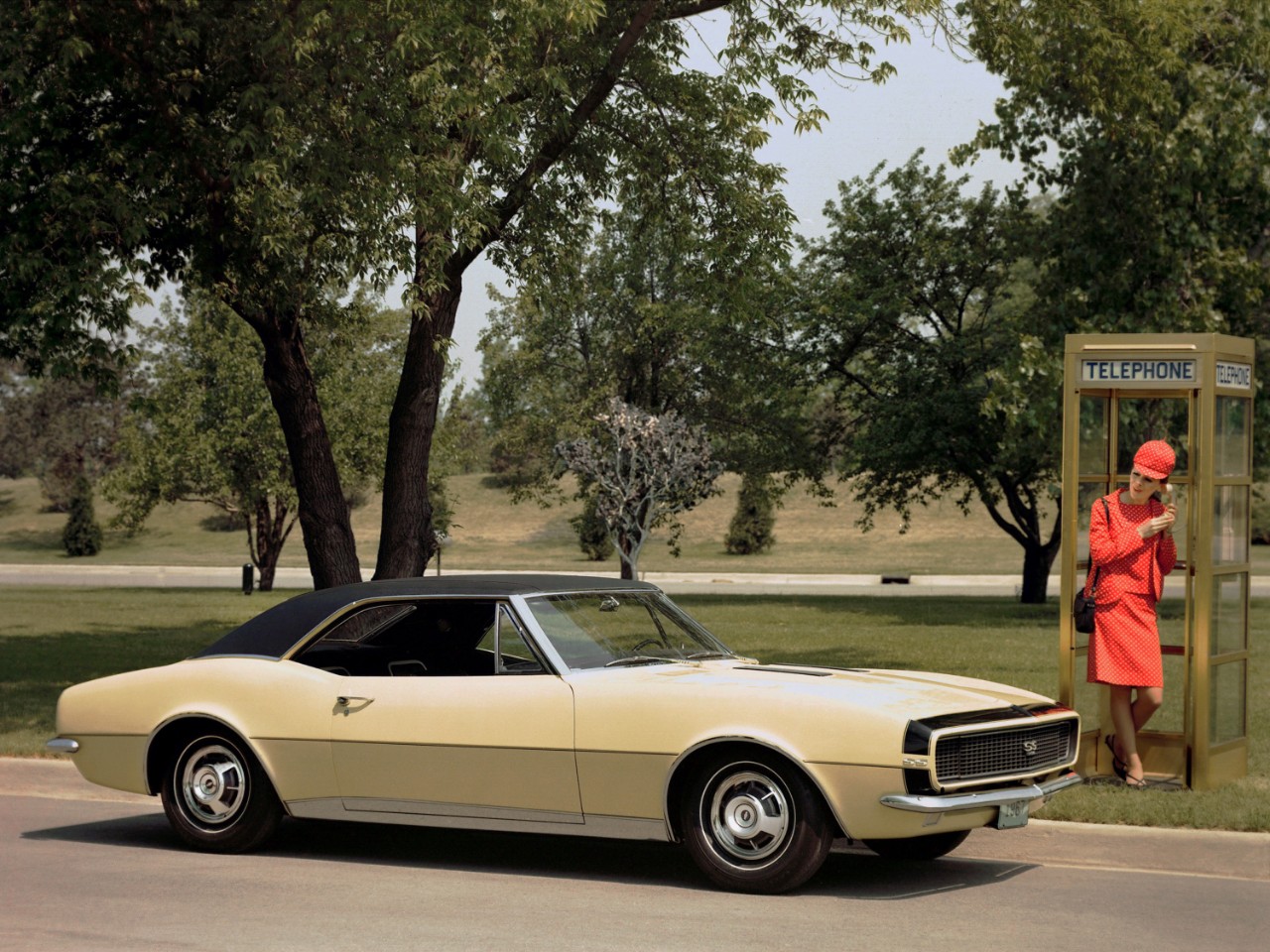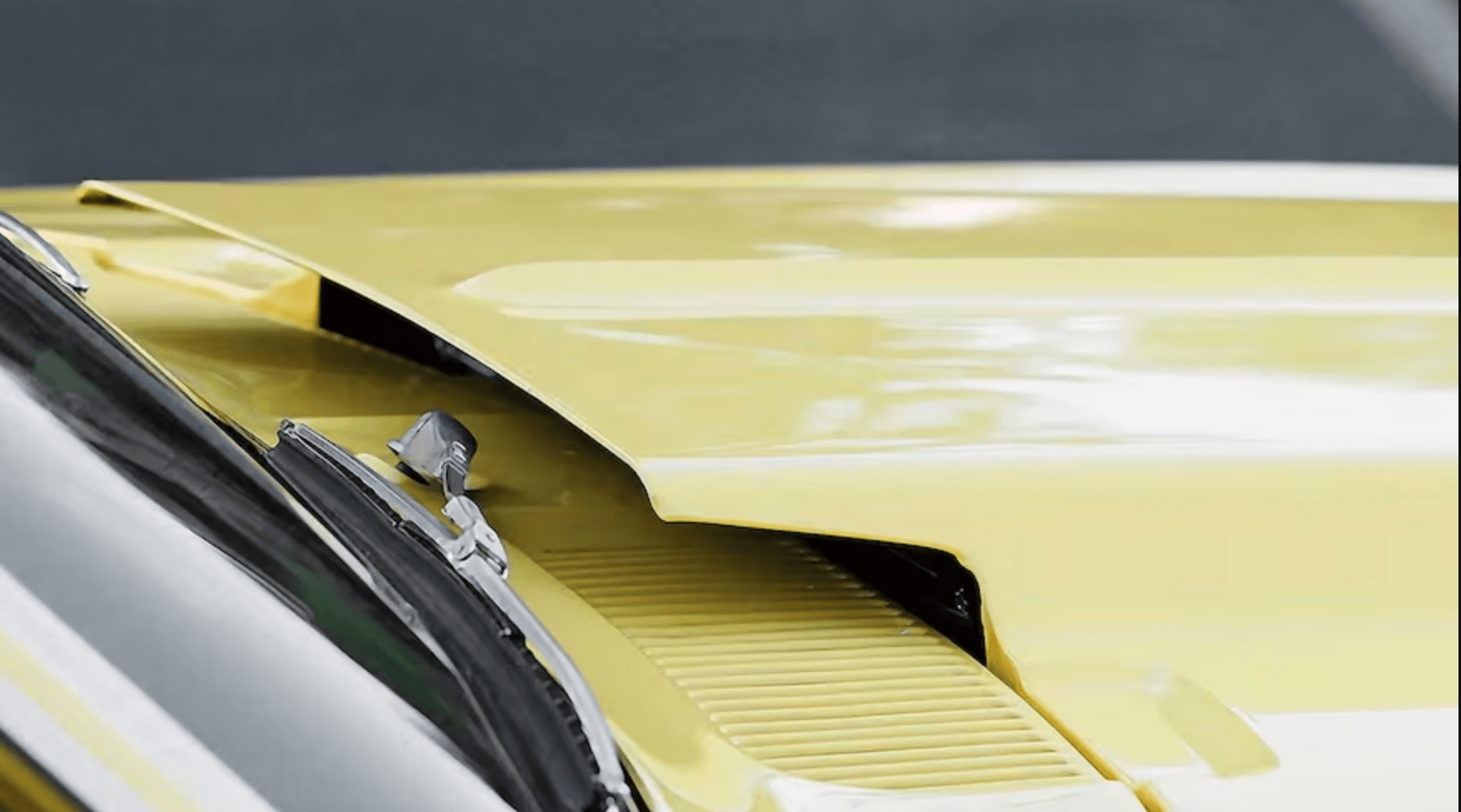The Hidden Gems of the ‘67-‘69 Camaro: A Journey Through Time
The Chevrolet Camaro, an icon of American muscle car heritage, made its debut in the late 1960s as a competitor to the Ford Mustang. Specifically, the first-generation models produced from 1967 to 1969 have captivated car enthusiasts with their style, performance, and historical significance. However, beyond their well-known attributes lie stories and features that are less commonly known but equally fascinating. This blog post delves into the unique and potentially unknown aspects of the ‘67-‘69 Camaro, shedding light on the hidden gems of these classic automobiles.
The Birth of a Legend

The Camaro’s inception was Chevrolet’s answer to the wildly successful Ford Mustang. Codenamed “Panther” during its development, the Camaro aimed to blend a potent mix of performance, style, and affordability. Interestingly, when asked about the meaning of the name “Camaro,” Chevrolet famously responded that it was “a small, vicious animal that eats Mustangs.” This cheeky response underscored the Camaro’s competitive spirit and set the stage for a storied rivalry in automotive history.
Hidden Features and Design Easter Eggs
The “No Radio” Option
One of the lesser-known features of the first-generation Camaro was the “radio delete” option. This option was popular among serious racers who wanted to shed every ounce of unnecessary weight. Opting out of the factory radio not only saved a few pounds but also sent a clear message about the car’s intended purpose: performance over luxury.
Unique Trim Packages
The ‘67-‘69 Camaros offered a variety of trim packages, but some were more obscure than others. For example, the Z28 package, introduced in 1967, was initially created to compete in the Sports Car Club of America’s Trans-Am racing series. It featured a smaller, high-revving 302 cubic inch V8 engine. This package wasn’t well advertised during its initial years, leading to relatively low production numbers and making early Z28 models highly sought after today.
Another rare and less known option was the COPO (Central Office Production Order) Camaros, particularly the COPO 9560 and 9561. These were special orders that bypassed standard production limitations, allowing for the installation of more powerful engines. The most famous of these is the COPO 9560, which equipped the Camaro with an all-aluminum 427 cubic inch V8, making it one of the most powerful and rarest Camaros ever produced.
Read more about 1969 Camaro options and trims in this MotorTrend article: 1969 Camaro Options and Trim Codes Explained: Over 125 Photos and Videos!
Hidden VIN Codes
For those in the know, deciphering the Vehicle Identification Number (VIN) and option codes on a first-generation Camaro can reveal a lot about its original configuration. These codes, hidden away on various parts of the car, can tell the story of its original engine, paint color, trim level, and more. Enthusiasts and restorers often use these codes to verify the authenticity and originality of classic Camaros.
Engineering Innovations
While the Camaro’s design and performance are well celebrated, some of its engineering innovations are less heralded. For instance, the first-generation Camaro introduced a unique, multi-leaf rear suspension setup on certain models, which was an improvement over the more common single-leaf springs. This provided better traction and handling, particularly under acceleration.

Additionally, the introduction of the cowl induction hood in 1969 was a functional and aesthetic innovation. This feature, available on high-performance models, used a vacuum-operated flap at the base of the hood scoop to draw cooler air from the base of the windshield into the engine, improving power output.
A Cultural Icon
Beyond its mechanical and performance achievements, the ‘67-‘69 Camaro has secured a place in American pop culture. Appearing in numerous movies, TV shows, and songs, it symbolizes freedom, rebellion, and the pursuit of speed. The Camaro’s appearance in these mediums has cemented its status as a symbol of 1960s Americana.
Conclusion
The first-generation Chevrolet Camaro is much more than a muscle car; it’s a narrative of innovation, competition, and cultural significance. The hidden stories and features of the ‘67-‘69 Camaro add depth to its legacy, making it a fascinating subject for car enthusiasts and historians alike. As we look back on these classic automobiles, we’re reminded of their timeless appeal and the indelible mark they’ve left on automotive history.
Advertisements